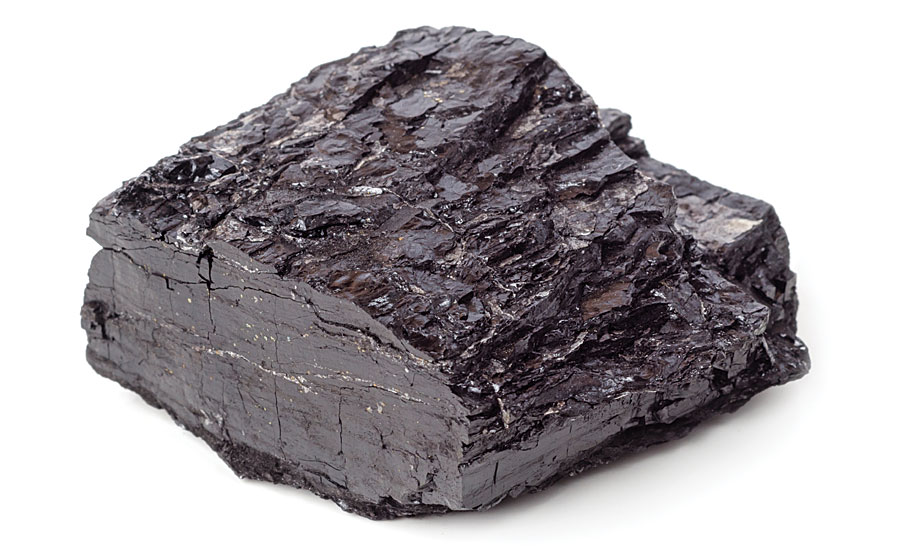The first time I looked up where our electricity comes from in the United States I was shocked to learn that coal accounts for the large majority of it. Being from the Pacific Northwest spoiled with relatively inexpensive and clean hydro power, discovering that coal accounts for 39 percent of total U.S. electricity generation, second to natural gas at 27 percent, and nuclear power at 19 percent, was a
real wake up call.
The United States has some of the largest coal resources in the world, second only to China, and burns hundreds of millions of tons every year to supply electricity to millions of homes and buildings. Burning coal to heat water to make steam to turn generators to make electricity is not very efficient. Mining coal damages the environment in two ways; there is the physical damage to the Earth during mining operations (mostly through strip mining), and also the climate-changing carbon dioxide emissions that occur during combustion. As dirty as it is, coal is abundant and (for the time being) economically viable energy source. Proven coal reserves in the United States ensure coal’s place in the electricity generating market well beyond a hundred years.
But things are changing, and coal’s domination as our main source of electricity may be numbered. This past August, the Obama Administration released its Clean Power Plan, a set of Environmental Protection Agency rules that aim to cut carbon emissions of the nation’s power plants by 32 percent over 2005 levels. Because coal is the largest contributor of CO2, it is the obvious target of this newly issued regulation. This has many states up in arms, states that rely on coal almost exclusively for their power generation. Currently, 23 states are suing the EPA over its emission rules for coal-fired power plants. Led by West Virginia Attorney General Patrick Morrisey, the coalition complains that the rules effectively kill the coal industry in these states, which will have a devastating impact on the cost of electricity and jobs.
Will Eliminating Coal in the U.S. Make any Difference to Global Climate Change?
As this article is being written, 195 countries are in Paris for a historical climate change conference that may culminate with a binding agreement to reduce emissions to pre-industrial levels, saving the planet from inevitable doom caused by global warming. President Obama will be presenting his Clean Power Plan, among other things, to demonstrate America’s commitment to this goal.
While it’s true that burning coal emits an enormous amount of CO2 into the atmosphere, some are not convinced that removing coal from the equation would make that much difference. The CATO Institute, a public policy research and think tank organization, studied the impact of a fully implemented Clean Power Plan and concluded that it would contribute a mere 0.02 degree C reduction in global warming by the year 2030, stating:
“This is why incremental actions like the Clean Power Plan, which only seeks a 10 percent reduction in U.S. greenhouse gas emissions by the year 2030, will have no appreciable impact on the future course of climate.”
Many point out that the use of coal to generate electricity has been in a state of decline for several years anyway. A decade ago coal accounted for nearly 50 percent of all U.S. electricity generation. Because of cleaner—and more economical fuel sources—coal continues to decline. Older coal fired power plants are being shuttered and the cost of building more efficient, cleaner coal fired plants is not economically justifiable.
It’s About Money and Profit
According to the Energy Information Administration, the United States has the largest global share of recoverable coal reserves, at 28 percent. It is an enormous resource that will be available for well over a century at current use. It is a resource that could be tapped at some point in the future—when it again becomes a profitable venture. And it could, one day, be profitable and environmentally friendly due to newer technologies bundled under the term “clean coal.” These technologies include converting coal to a gas (called synthesis gas), capturing CO2 during combustion, and burning coal without using air. All of these technologies result in tremendous reduction of CO2 emissions, and are being used in some coal-fired plants today. So, there is a future for coal fired power in the not too distant future, but it will have to wait until cost is feasible.
Conclusion
Coal is abundant and, until fairly recently, has been an easily accessible, inexpensive energy source. Due to increased environmental regulations and cheaper, cleaner alternatives, coal use in the United States, as well as worldwide, has been in sharp decline. President Obama’s Clean Power Plan, if allowed to remain in effect after the lawsuits take their course, will likely hasten coal’s fall from favor, something environmentalists collectively applaud. Because coal is abundant, however, it may one day enjoy a resurgence in the energy production arena. Clean coal technologies, while cost-prohibitive today, may one day be profitable—and rival all the natural gas, nuclear and bio-based power plants that will need to be built to compensate for coal’s decline. And then, coal will be the new black.






Report Abusive Comment